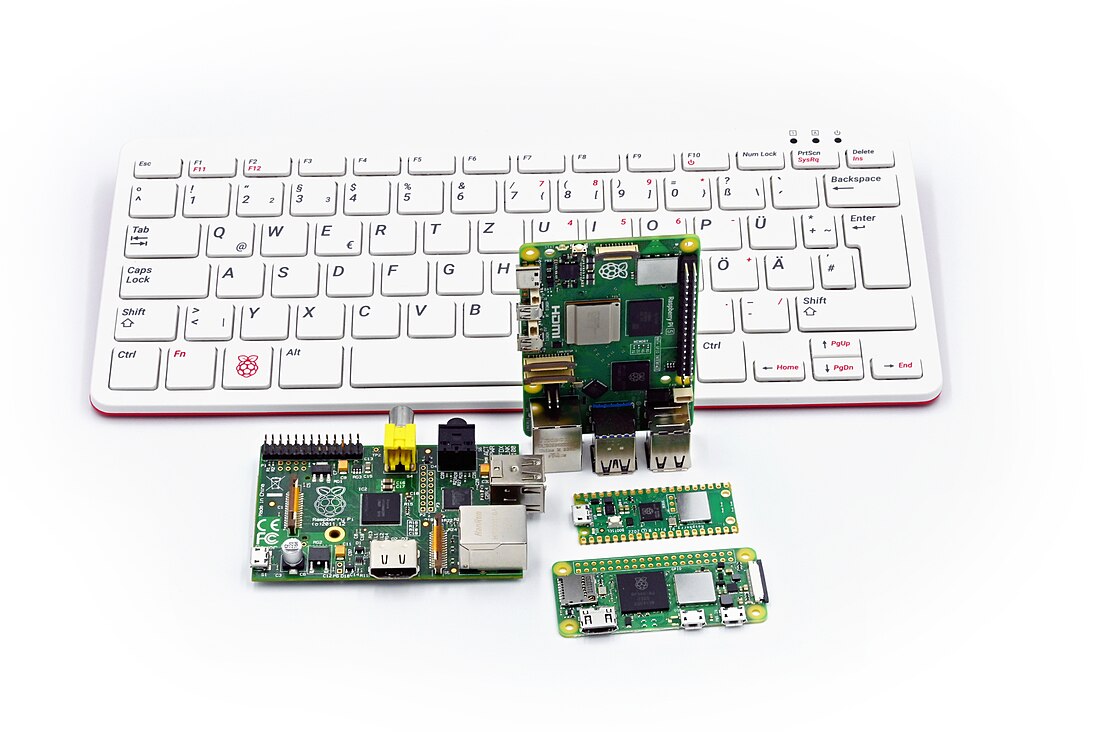The Raspberry Pi Foundation has unveiled its latest innovation, the Raspberry Pi 500, which redefines simplicity and functionality in single-board computers.
Serving as the successor to the Raspberry Pi 400, the Pi 500 packs the processing power of the flagship Raspberry Pi 5 while maintaining a user-friendly keyboard-integrated design. This updated model combines accessibility with advanced capabilities, making it ideal for newcomers and seasoned users.
Read also: Raspberry Pi Pico 2 W: A budget-friendly, high-performance microcontroller for hardware projects
Raspberry Pi 500 has a simplified design for all
Designed with usability in mind, the Raspberry Pi 500 eliminates the intimidating appearance often associated with single-board computers. Instead of exposing chipsets and circuit boards, the components are housed within a sleek keyboard. This design ensures that users only need to connect a mouse and display to start using the device, making it a practical option for replacing outdated PCs or introducing computing to beginners.
Enhanced specifications and functionality of Raspberry Pi 500
The Raspberry Pi 500 has a 64-bit quad-core Arm processor, the same as the Raspberry Pi 5, and 8GB of RAM. It supports up to two 4K displays via its two micro-HDMI ports and features three traditional USB ports, a Gigabit Ethernet port, and a 40-pin expansion header. Native Wi-Fi and Bluetooth capabilities further enhance connectivity. While it lacks USB-C ports for general use (apart from the power port), the device is highly versatile.
Storage is managed through a preloaded 32GB SD card running Raspberry Pi OS, a Debian-based Linux distribution. At $90, the Pi 500 offers affordability, with a $120 desktop kit that includes essential peripherals such as a mouse, a power supply, and an HDMI cable.
The Raspberry Pi 500 reflects the Foundation’s original mission of promoting education and innovation. Its affordability and customisable nature make it an excellent tool for schools, offering students an engaging platform to explore computing. Unlike Chromebooks or iPads, it encourages hands-on creativity, fostering critical thinking and problem-solving skills.
At launch, the Raspberry Pi 500 supports U.K. and U.S. keyboard layouts. However, additional variants for French, German, Italian, Japanese, Nordic, and Spanish markets are expected soon. This global approach ensures that the Pi 500 can cater to a broad audience, solidifying its position as an inclusive computing solution.
Read also: Acer Nitro V with RTX 4060 review: A budget gaming Laptop that punches above its weight
A complementary offering: Raspberry Pi monitor
In addition to the Pi 500, the Foundation has introduced the Raspberry Pi Monitor, a 15.6-inch, 1080p display priced at $100. While not groundbreaking, this branded monitor provides a cohesive option for Raspberry Pi enthusiasts seeking a unified setup.
The Raspberry Pi 500 exemplifies the Foundation’s commitment to making computing accessible, educational, and innovative. With its blend of power, affordability, and ease of use, it’s poised to be a game-changer in classrooms, homes, and beyond.













